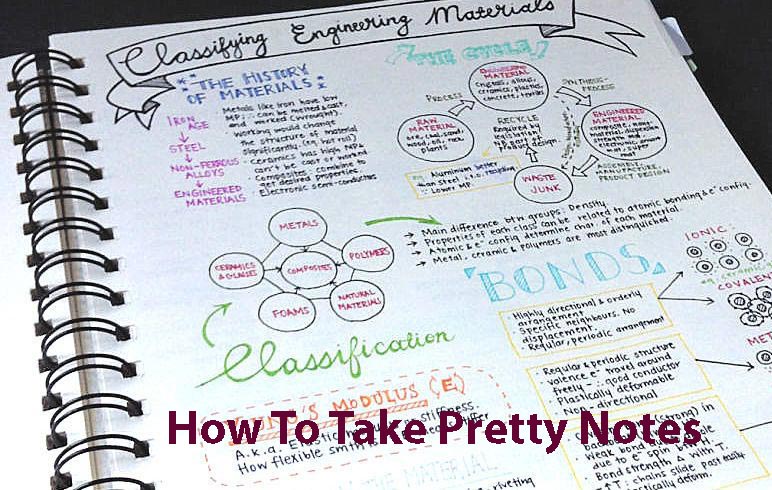Taking notes used to be an annoying chore, but the recent popularity of Instagram and Tumblr posts dedicated to studying has brought together a community of students who motivate each other to study harder through aesthetically-pleasing posts. Across all major social media platforms, you will find “study with me” videos and posts featuring beautifully-crafted notes.
Despite how easy note-taking looks, it entails a systematic procedure that involves organising and filtering out unnecessary information. To a certain degree, you have to predict which points are essential and will more likely pop up in exams and other deliverables.
Boring and messy notes will make you less likely to use them for reviews, so bring out the office supplies and your favourite Winc stationery and follow these tips to craft some of the best notes possible.
Table of Contents
Create Outlines
The simplest way to organize your notes is to write them like a series of outlines. Create a large header at the top of the page every time you start a new topic. Each lesson will have primary points, which should take up the top of your outline. Make bullet points for every subtopic under the central theme, and use dashes to write each piece of information under the subtopics.

It is crucial to highlight transitional headings to make it easier to flip through information. Do this by using bolder ink, such as markers or brush pens, or a fancy font style for fun.
A good habit to practice rewriting your notes. Whatever you write in class will likely be messy and unstructured, which can be unpleasant to read. Going over everything again will essentially force you to re-read the lesson, make prettier notes, and have better material to look back to for future exams.
Colour Code
The best way to differentiate information from one another is to colour code. Generally, it entails assigning a particular colour to a designated role in your notebook. For instance, you may use the colour blue to write headers, so every time you see blue ink, you know that it is the start of a new topic. Meanwhile, you can use orange ink to write keywords and black ink for descriptions — this system will allow you to filter through information and retain more critical points.
While colour-coding is effective for a majority of students, some overdo it by using 20 or so colours on one page. Limit your use to around five key colours to avoid being overwhelmed by too many categories of information. Alternatively, you can also create a colour code system for print-outs by using highlighters from your favourite line of Winc stationery. Some student’s process highlighted information faster, so give it a try to help you cram for tests.
Improve Your Handwriting
Not all schools allow you to take digital notes, and some people ultimately prefer to stick to traditional paper notes. Professionals in the field of education have stated that handwritten notes are usually more effective because people’s writing speed is often slower than their typing speed, so they are more likely to write down pertinent information.
If you prefer reading written notes but suffer from a case of illegible handwriting, try to condition your hands to write differently.
The type of pen you use has a significant effect on how your handwriting looks, so ensure that you choose the appropriate Winc stationery to help you. Consider picking up a lettering or calligraphy book and going through the activities that they provide. Sneak in as much practice at home, and you will eventually improve.
Studying is difficult, especially if you’re not interested in the subject. However, taking pretty notes is one method of making the ordeal much more pleasant and enjoyable. When you have the right office supplies, you will be prepared for anything. Additionally, joining a study-focused community will give you a lot more note-taking ideas and the dose of motivation you need to grind through an examination review.